Shin Splints 101
A friend of MudGear shared with us what led to his recent leg pain. Long story short, he did almost EVERYTHING you shouldn’t do and, as a result, had to treat some gnarly shin splints. He is now on the mend and has given us the green light to share his story so that you never have to share his pain.
MISTAKE 1: OVERWORK
Everett recently set a goal of running 100 miles in October. At less than 3 and a quarter miles per day, it’s a mild challenge for a committed runner. However, our friend is a sporadic runner at best. Everett participates in a few obstacle course races every year in the open division, and he ran a total of zero miles in September. So, while his personal challenge is admirable, the increased mileage has proven to be too much too soon.

MISTAKE 2: HARD SURFACE
Though Everett thought he was doing himself a favor by choosing a flat and straight road route over a winding trail with rises and drops, it didn’t take long for our friend to start feeling the impact of every strike against the hard asphalt. Sure, the shoulder of a straight street allows consistent breathing and effort, but it’s at the cost of comfort from a mostly cushioned trail.
MISTAKE 3: SLANTED SURFACE
The decision to run on roads instead of a track or trail comes with an obvious risk. We’ve heard too many stories of drivers who just didn’t see a runner until it was too late. No wonder Everett chose to run at the very edge of the paved shoulder - right where the asphalt meets the grass. This results in a subtle slant that seems harmless to run on, but it actually causes extra impact on one foot and an uneven distribution of weight.
MISTAKE 4: LACK OF STRETCH OR COOL DOWN
Everett was so gung ho to rack up miles that he ran his first 10 days without any type of stretching before or cool down after his runs. While you will find the occasional skeptic, most coaches agree that proper stretching is essential in avoiding unnecessary pain from running.
IT COULD HAVE BEEN WORSE
As mentioned earlier, Everett did almost everything wrong. To be fair, it could have been worse. Old, worn out shoes or even new shoes with a bad fit could have made his shin splints even worse. And to his credit, Everett’s flat route is still probably better than if the same hard road had a lot of downhill. While uphill runs can strain quads and glutes, nothing wreaks havoc on the muscles around our shins more than easing down a hill too cautiously. It’s the destructive equivalent of riding our brakes.
SHIN SPLINTS DEFINED

“Shin splints” refer to a very distinct pain in the area surrounding the shin (front of the lower leg), especially around the inner edge of the shin bone (tibia). The sharp pain is seldom constant but will usually “shoot” at the point of maximum step/stress.
HOW TO HEAL
Frequent extreme pain from shin splints may indicate serious injury that could require surgery. However, the condition can usually be treated with over-the-counter pain reliever and simple, home remedies.
REST. Everett found that missing a day or two of running allowed his legs to heal enough to then double up the runs on subsequent days in order to still get his monthly mileage. He found it helpful to keep his feet elevated during much of his rest days.
ICE. One of the most effective ways to manage swelling and pain from shin splints is by applying ice. Put the ice in a bag or towel so that it doesn’t contact the skin directly. Apply the ice to the inside and outside of both shins for 15 minutes. Repeat this process 2 or 3 times throughout the day.
COMPRESSION. MudGear Knee High Trail Socks offer medium compression to comfortably reduce inflammation that leads to shin splints. Athletes suffering from shin splints can receive the same relief from MudGear Compression Calf Sleeves with added easy-on/easy-off convenience.
Along with rest, ice, and compression, our friend found great relief from massage, using a foam roller directly on his shins, and daily stretching.
October came and went. When it was all said and done, Everett got his 100 miles in a month. He says he might do it again. Knowing what he knows now, his next 100 miles are sure to be less painful.



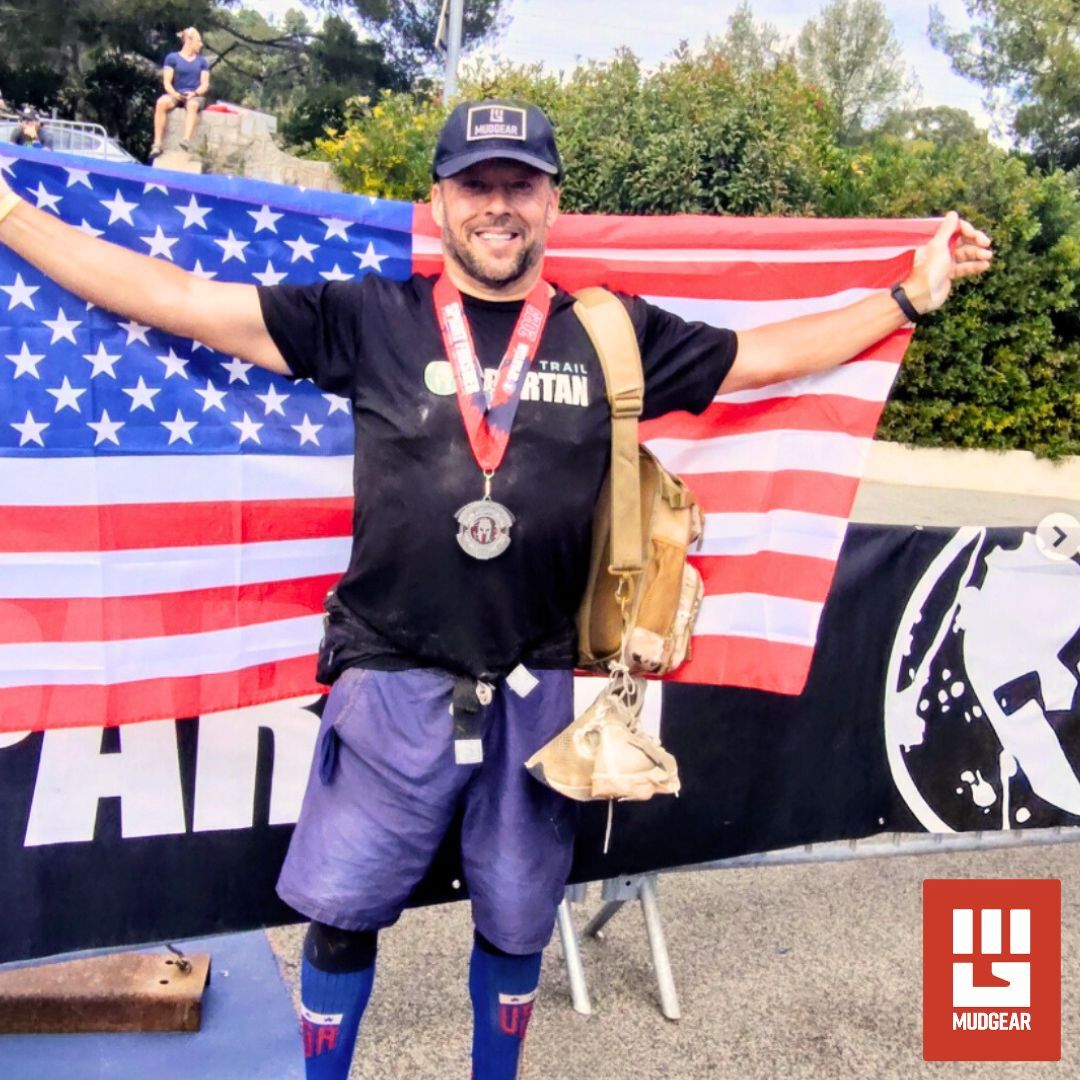
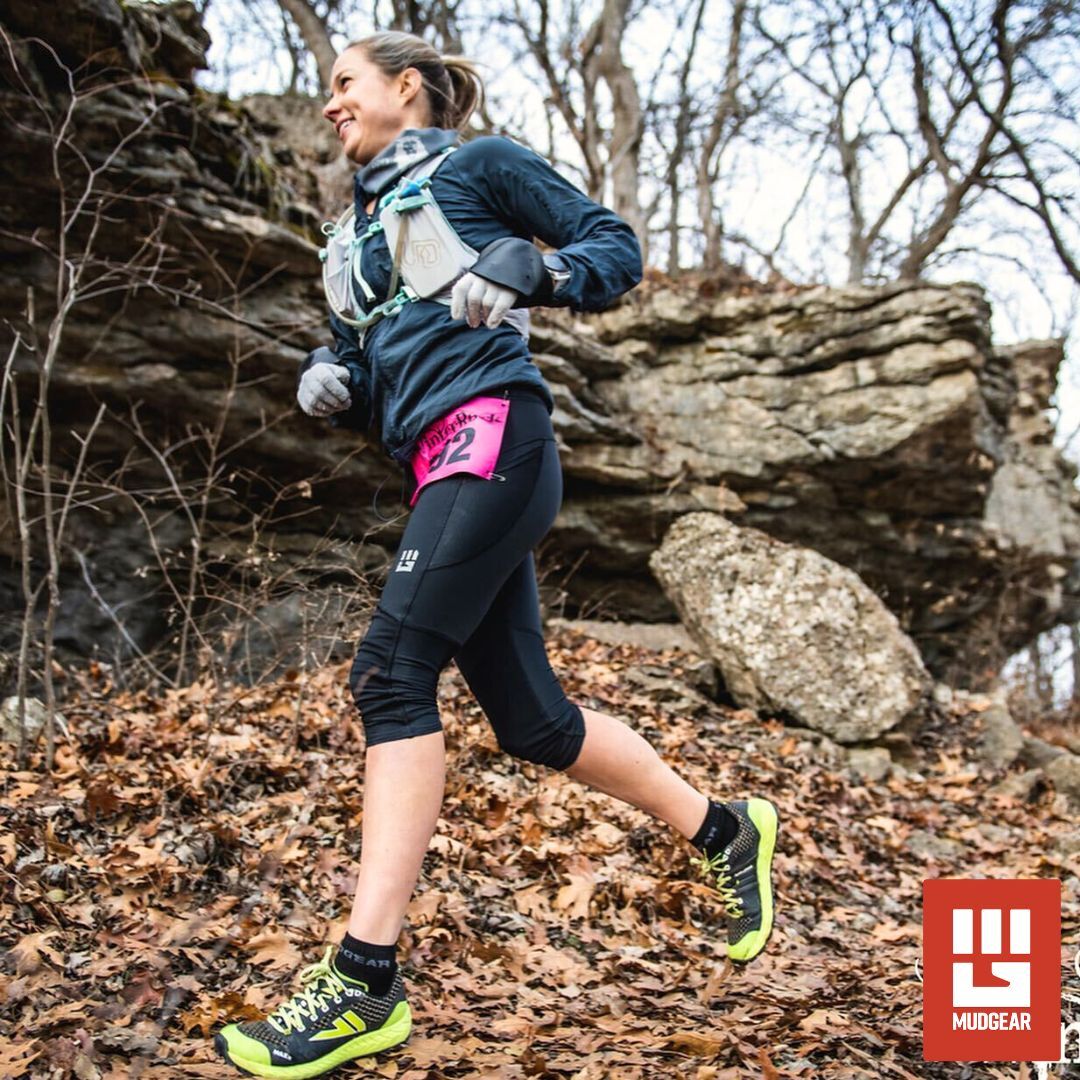
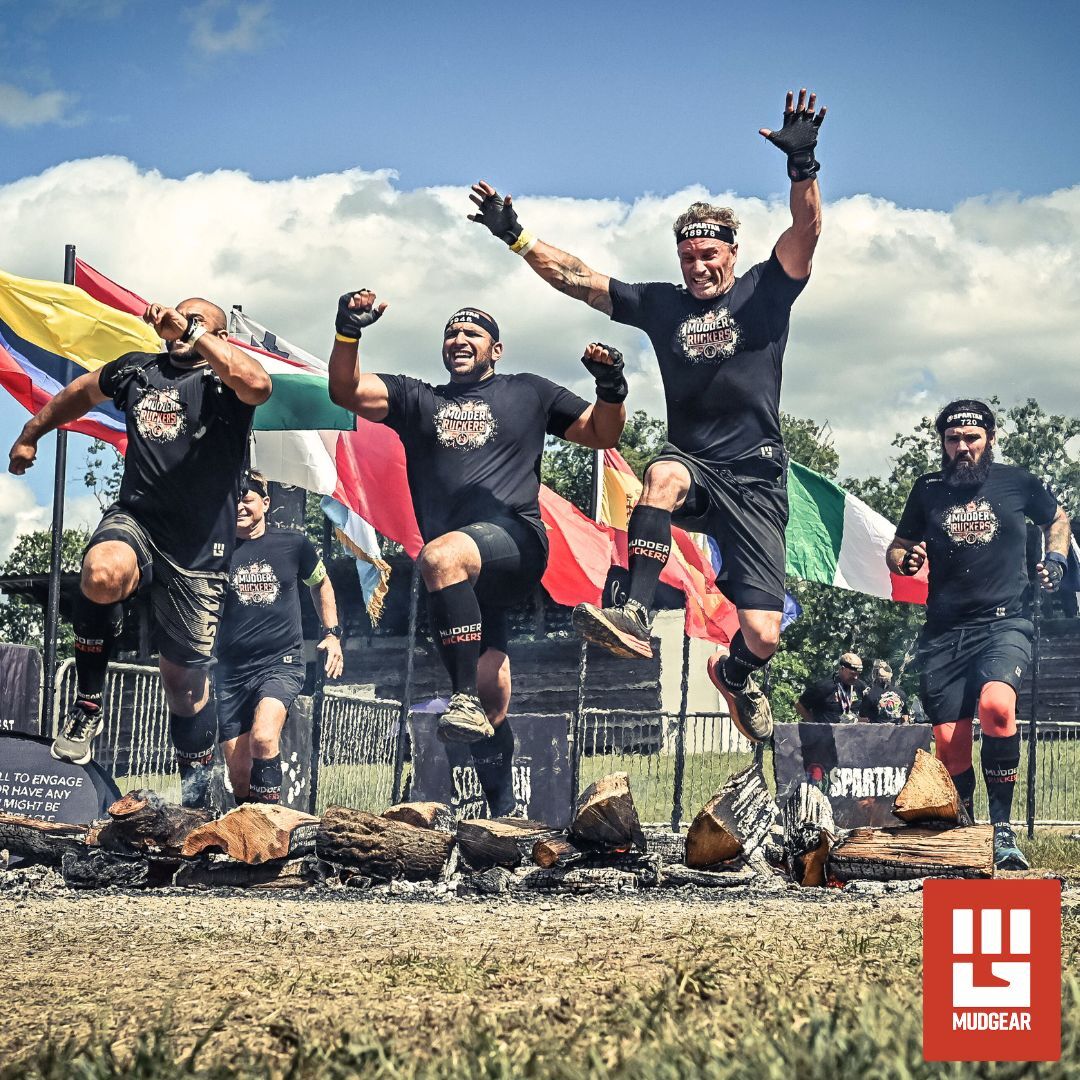
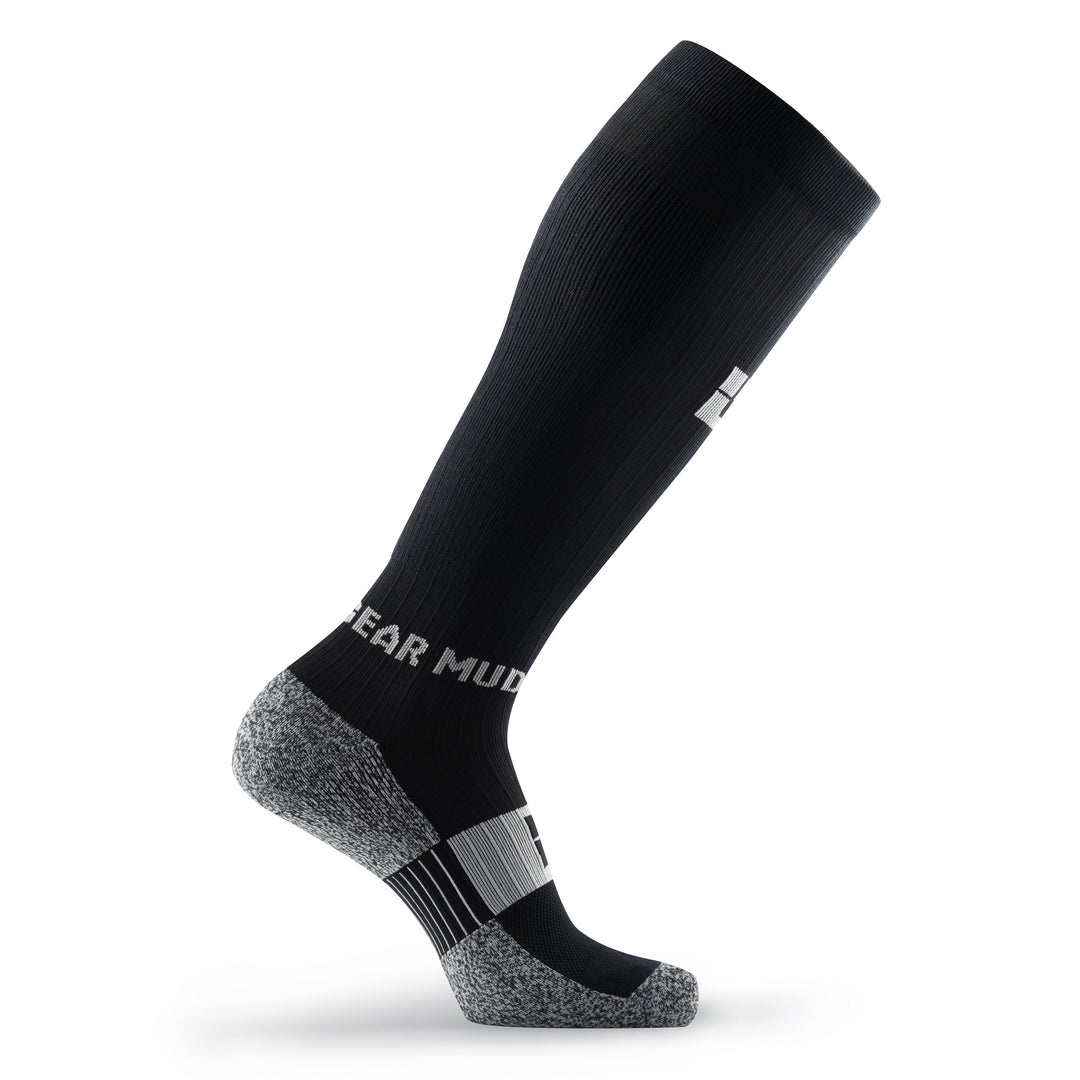
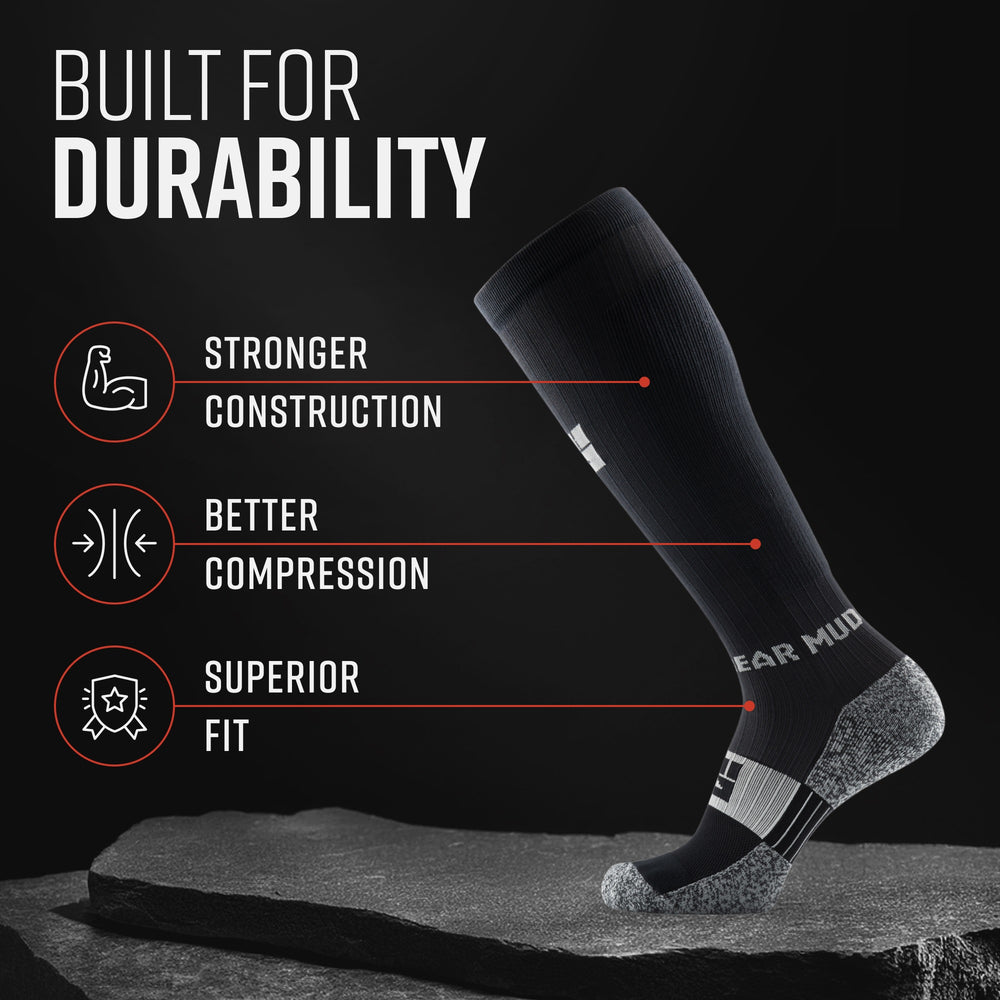
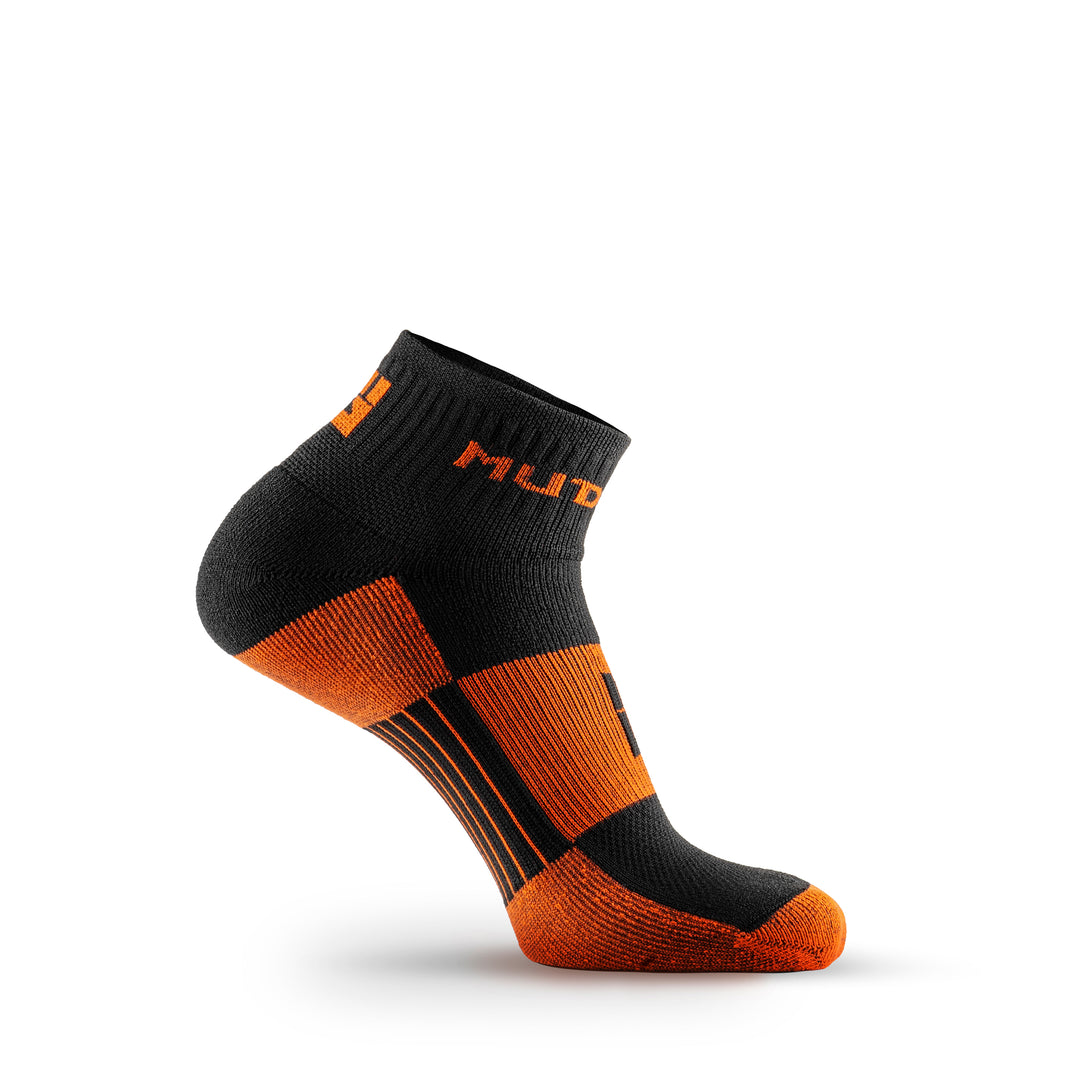
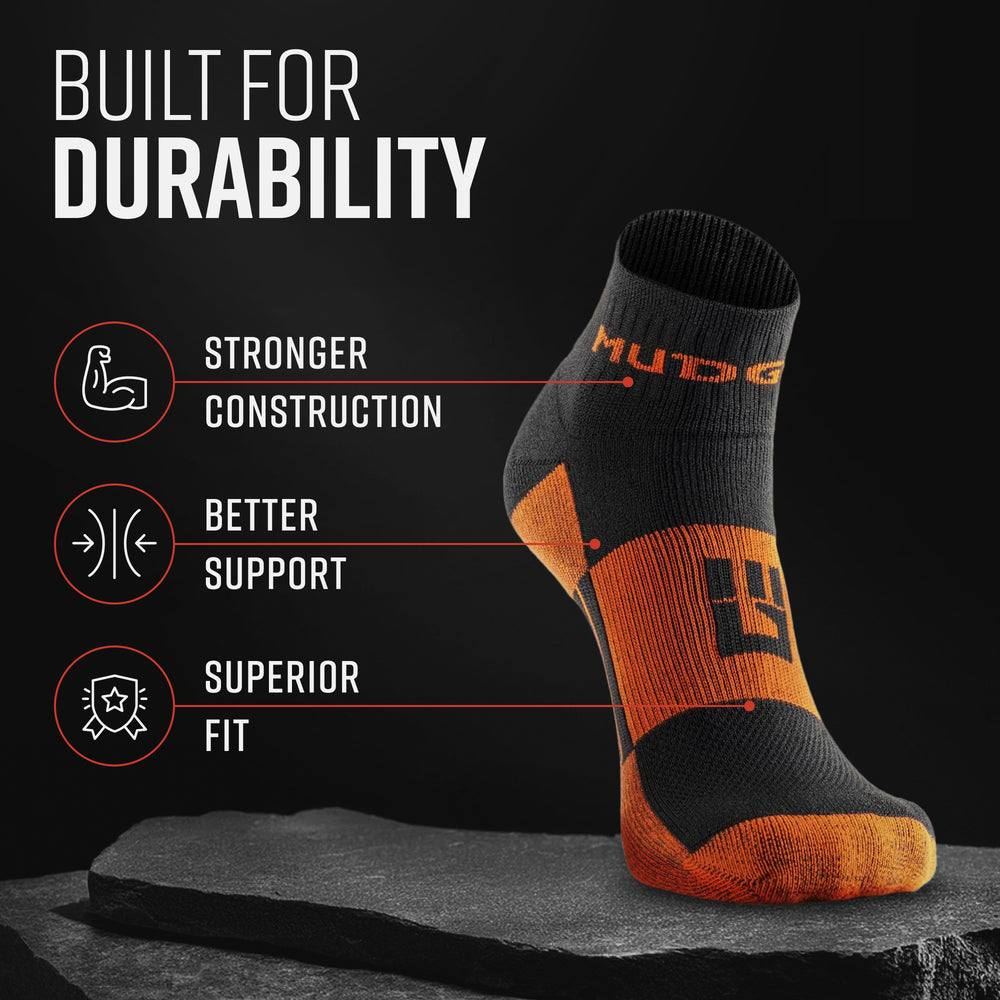


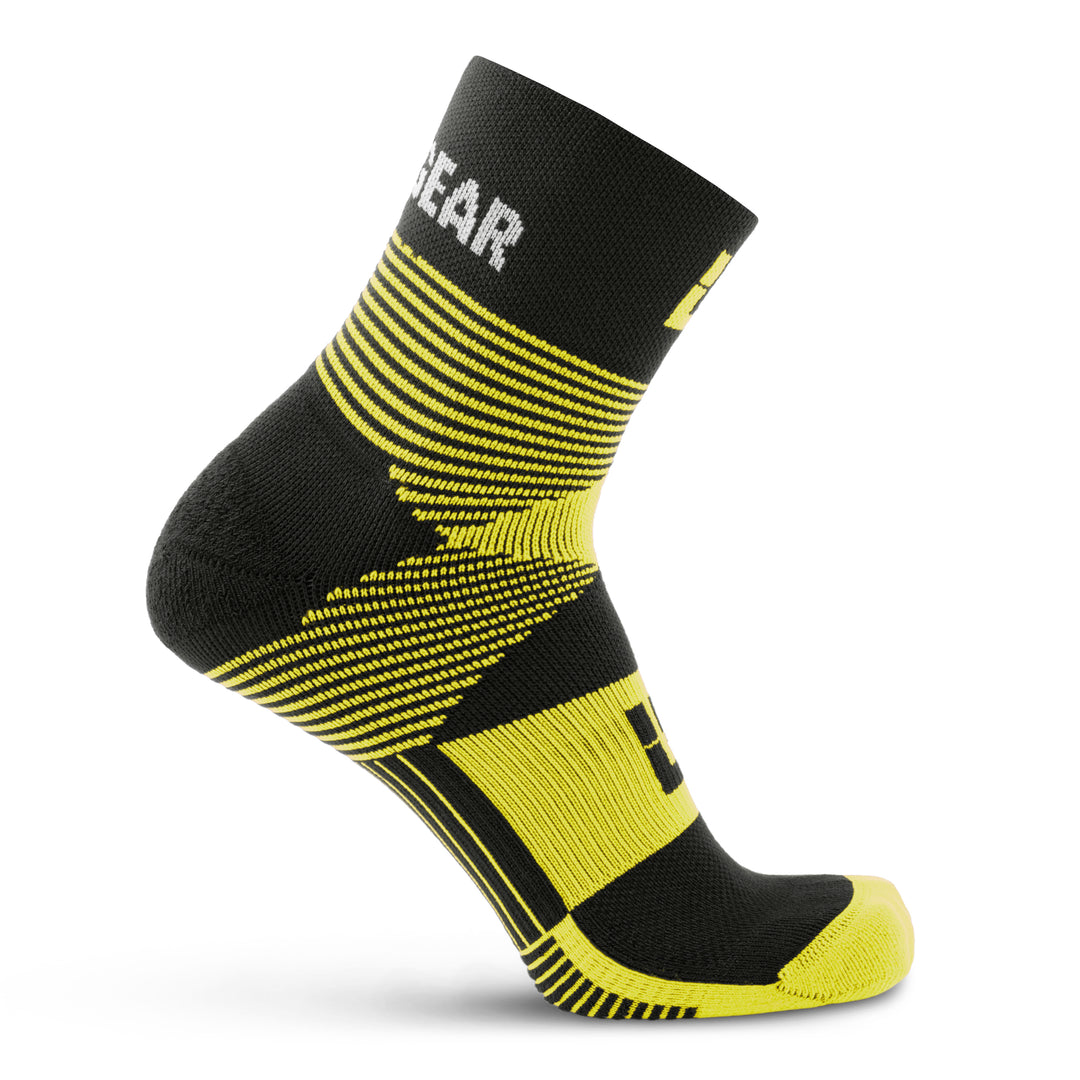
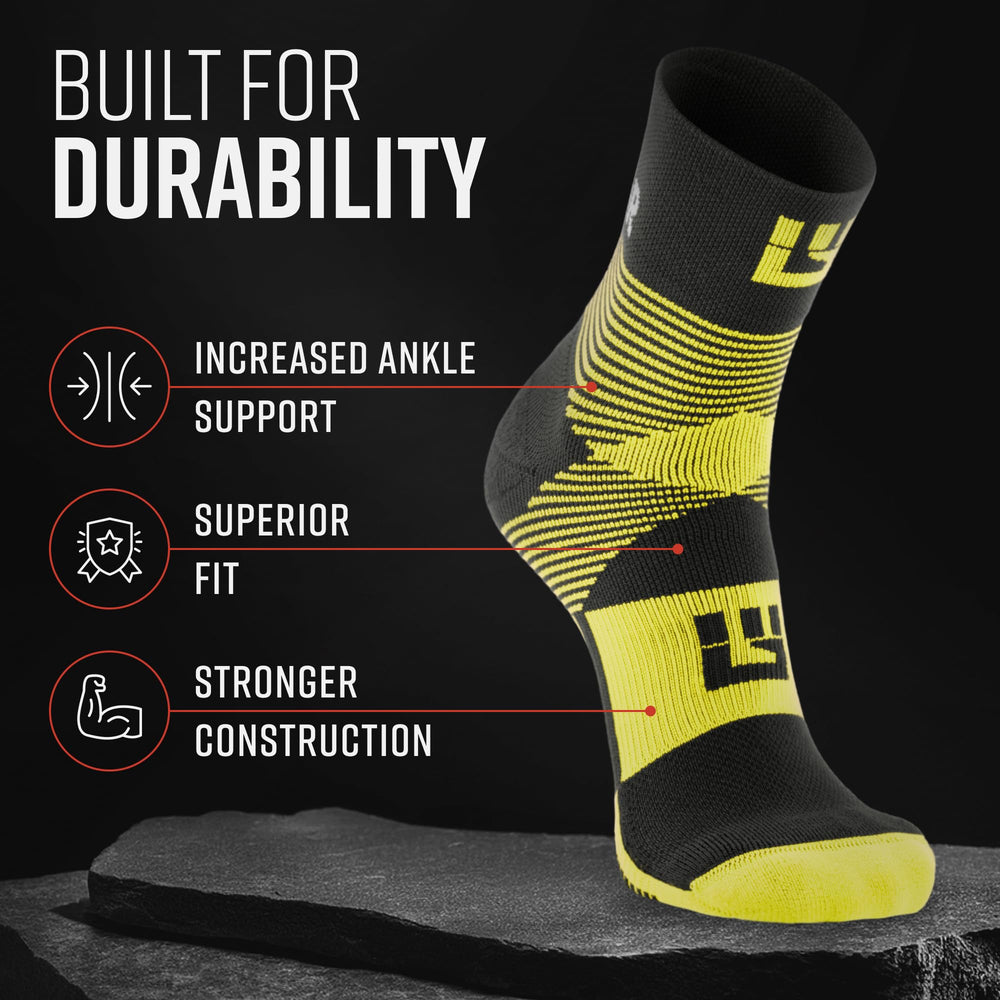

Leave a comment